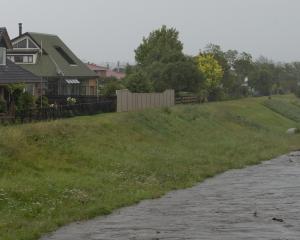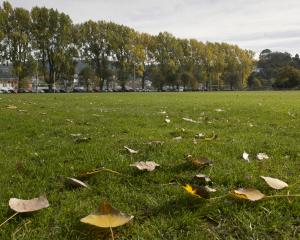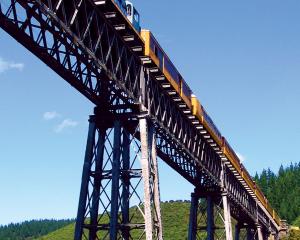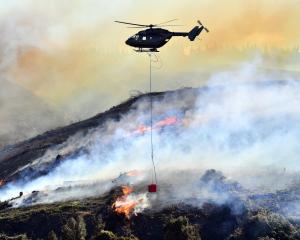Niwa climate scientists are predicting "several spells of unseasonable warmth" across the southern region over the next three months, but have warned frosts and cold snaps can still be expected.
A weak, central Pacific El Nino climate cycle continued during April, and patterns of enhanced rainfall persisted around the International Dateline, a Niwa spokesman said.
Although El Nino is forecast to continue during the upcoming three-month period, it may weaken later in 2019.
Air pressure is expected to be higher than normal to the west and north of New Zealand, and below normal to the south of the country, resulting in more westerly quarter winds than normal.
During April, marine heatwave conditions also continued in the Tasman Sea.
Warmer than average seas may lead to a reduction in the intensity and duration of cold spells during the coming season, but frosts were still to be expected, he said.
The Niwa outlook for May to July showed temperatures were forecast to be above average along the east coast of the South Island, and about equally likely to be above average or near average for the West Coast, Alps and foothills, inland Otago, and Southland.
"Warmer than average coastal and Tasman Sea surface temperatures may influence several spells of unseasonable warmth through the season, particularly in eastern areas, contributed to by frequent westerly air flows."
Rainfall is about equally likely to be below normal or near normal in the east of the South Island.
"Influenced by El Nino and a progressively more active Tasman Sea, frequent fronts are possible for western areas through the season," he said.
Rainfall was about equally likely to be above normal or near normal on the West Coast, Alps and foothills, inland Otago, and Southland.
From May to July, soil moisture levels are about equally likely to be above normal or near normal for the west of the South Island, while river flows are most likely to be above normal.
For eastern areas of the South Island, soil moisture levels and river flows are about equally likely to be normal or below normal, he said.












